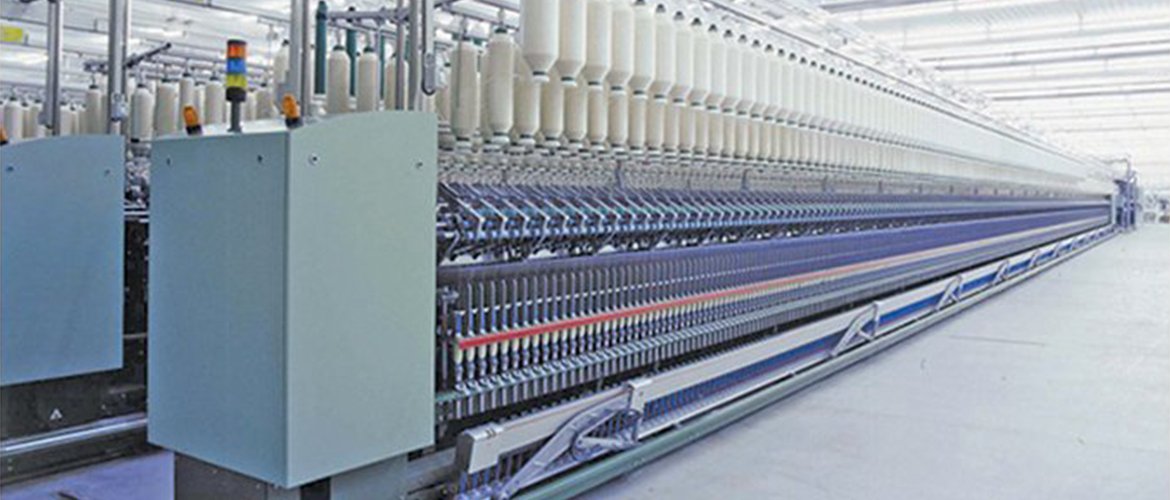Replacement and Retrofitting
Replacement and Retrofitting

in Britain was centered in south Lancashire and the towns on both sides of the Pennies.
Textile manufacture
In Germany it was concentrated in the Wupper Valley, Ruhr Region and Upper Silesia, while in the United States it was in New England. The four key drivers of the Industrial Revolution were textile manufacturing, iron founding, steam power and cheap labour.
Before the 18th century, the manufacture of cloth was performed by individual workers, in the premises in which they lived and goods were transported around the country by packhorses or by river navigations and contour-following canals that had been constructed in the early 18th century. In the mid-18th century, artisans were inventing ways to become more productive. Silk, wool, and fustian fabrics were being eclipsed by cotton which became the most important textile.
Innovations in carding and spinning enabled by advances in cast iron technology resulted in the creation of larger spinning mules and water. The machinery was housed in water-powered mills on streams. The need for more power stimulated the production of steam-powered beam engines, and rotated mill engines transmitting the power to line shafts on each floor of the mill. Surplus power capacity encouraged the construction of more sophisticated power looms working in weaving sheds. The scale of production in the mill towns round Manchester created a need for a commercial structure; for a cotton exchange and warehousing. The technology was used in woolen and worsted mills in the West Riding of Yorkshire and elsewhere.
Elements of the Industrial Revolution
The commencement of the Industrial Revolution is closely linked to a small number of innovations, made in the second half of the 18th century:
Textiles – Cotton spinning using Richard Arkwright's water frame, James Hargreaves's Spinning Jenny, and Samuel Crompton's Spinning Mule (a combination of the Spinning Jenny and the Water Frame). This was patented in 1769 and so came out of patent in 1783. The end of the patent was rapidly followed by the erection of many cotton mills. Similar technology was subsequently applied to spinning worsted yarn for various textiles and flax for linen.
Steam power – The improved steam engine invented by James Watt and patented in 1775 was initially mainly used for pumping out mines, but from the 1780s was applied to power machines. This enabled rapid development of efficient semi-automated factories on a previously unimaginable scale in places where waterpower was not available.
Iron founding – In the Iron industry, coke was finally applied to all stages of iron smelting, replacing charcoal. This had been achieved much earlier for lead and copper as well as for producing pig iron in a blast furnace, but the second stage in the production of iron depended on the use of potting and stamping (for which a patent expired in 1786) or puddling (patented by Henry Cort in 1783 and 1784).
These represent three 'leading sectors', in which there were key innovations, which allowed the economic take off by which the Industrial Revolution is usually defined. This is not to belittle many other inventions, particularly in the textile industry. Without earlier ones, such as the spinning jenny and flying shuttle in the textile industry and the smelting of pig iron with coke, these achievements might have been impossible. Later inventions such as the power loom and Richard Trevithick's high pressure steam engine were also important in the growing industrialization of Britain. The application of steam engines to powering cotton mills and ironworks enabled these to be built in places that were most convenient because other resources were available, rather than where there was water to power a watermill.